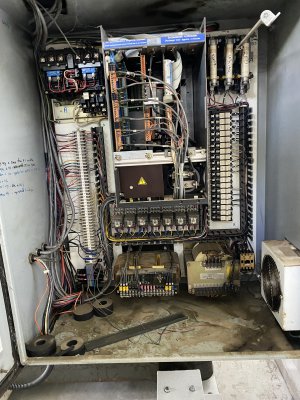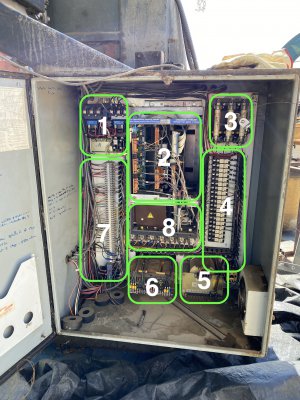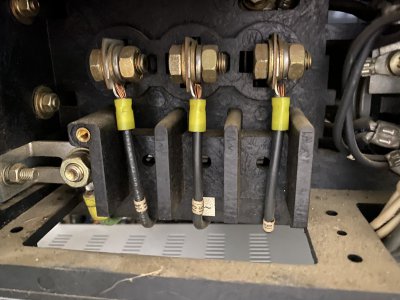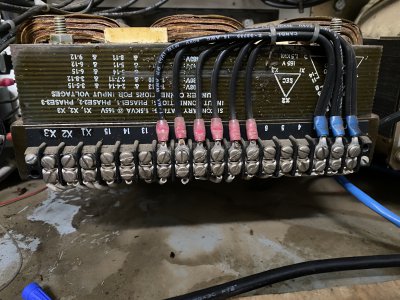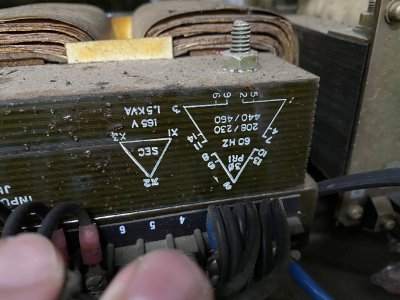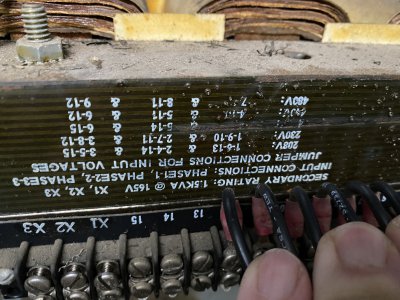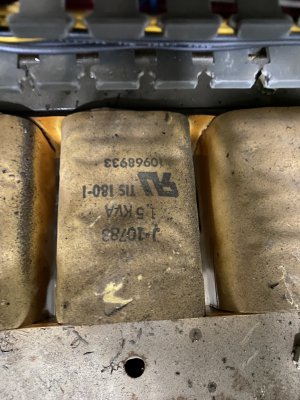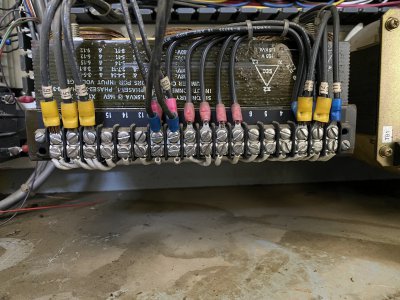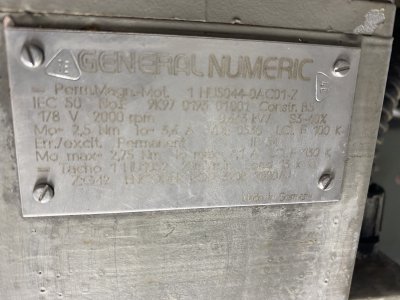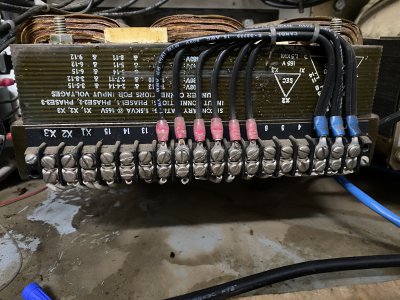- Joined
- May 2, 2021
- Messages
- 330
EXT. Thanks. Makes sense. Did not have time to get to the machine today - but will provide this info.
The point may be moot though - if my tools won't drop out, I am probably going to have to have the spindle ground if I want automated operation. Let's see what results we get from your test. Should have at the weekend.
Thanks Jim.
What have you done with all your time?! .
I have it set up like so.
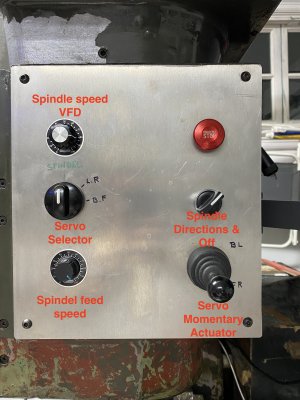
I then have a DC power supply turned to max (30V)
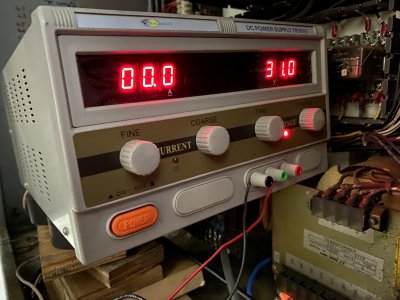
That goes to a DC motor controller:
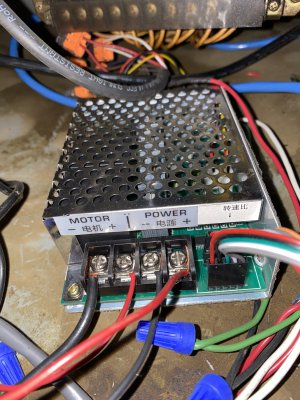
I think there may be some value in considering the bigger picture at this point
My current thinking is :
- Upgrade manual capabilities - use this to learn with and improve my basic skills
- Cut he box that sticks out over the machine - off - completely.
- Remove the large box on the side - and re-mount to the wall. This will be much nicer to access, and allow the machine to push back 1.5'
At bare minimum - take the screen control box off and let some light in/ lower risk of cracking head open.
Let me know your thoughts regrind the current systems's flaws/ options for creating more grunt at low feed speeds for the spindle.
Thanks!
-CM
The point may be moot though - if my tools won't drop out, I am probably going to have to have the spindle ground if I want automated operation. Let's see what results we get from your test. Should have at the weekend.
Thanks Jim.
What have you done with all your time?! .
I have it set up like so.

I then have a DC power supply turned to max (30V)

That goes to a DC motor controller:

I think there may be some value in considering the bigger picture at this point
My current thinking is :
- Upgrade manual capabilities - use this to learn with and improve my basic skills
- Cut he box that sticks out over the machine - off - completely.
- Remove the large box on the side - and re-mount to the wall. This will be much nicer to access, and allow the machine to push back 1.5'
At bare minimum - take the screen control box off and let some light in/ lower risk of cracking head open.
Let me know your thoughts regrind the current systems's flaws/ options for creating more grunt at low feed speeds for the spindle.
Thanks!
-CM


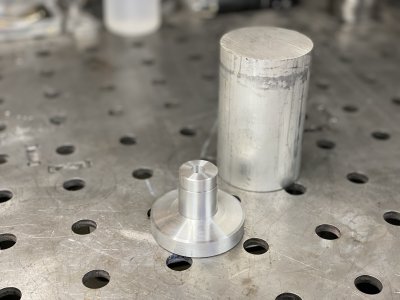
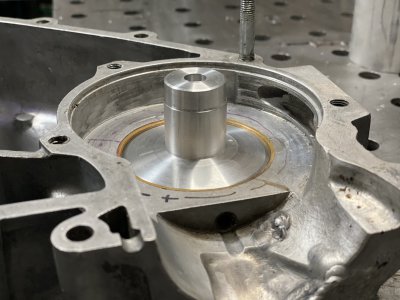
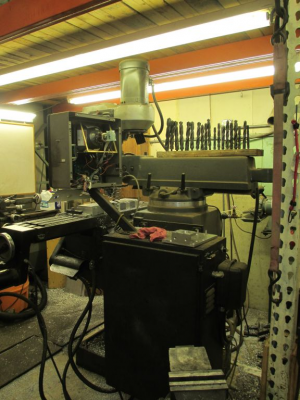
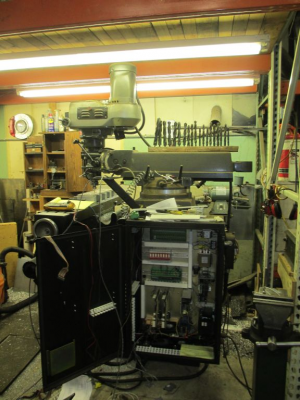
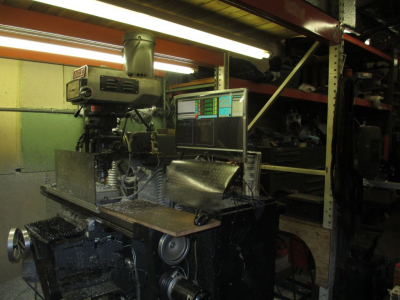
 You also want to make sure that the VFD is in sensorless vector mode. Turning the mechanical speed down and increasing the motor speed will also give you more torque. I removed my mechanical variable speed hardware and went to a direct timing belt drive with a 1.3:1 step up (motor pulley larger than the spindle pulley). Seems to work fine and will just rigid tap 1/2-13 in steel, with out going into back gear, before I run out of torque.
You also want to make sure that the VFD is in sensorless vector mode. Turning the mechanical speed down and increasing the motor speed will also give you more torque. I removed my mechanical variable speed hardware and went to a direct timing belt drive with a 1.3:1 step up (motor pulley larger than the spindle pulley). Seems to work fine and will just rigid tap 1/2-13 in steel, with out going into back gear, before I run out of torque. 